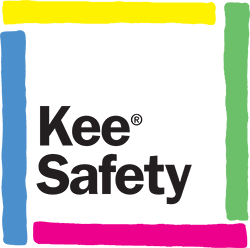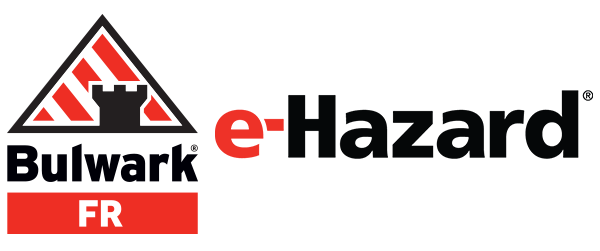Webinars
Webinar
Worker Participation: How to Motivate Your Team and Engage Employees in Safety
11/21/24 12:00 pm to 1:00 pm CST
Webinar
Bloodborne Pathogens Terminology: Exposing the Regulation One Term at a Time
10/17/24 12:00 pm to 1:00 pm CDT
Webinar
Hearing Conservation: Hear from the Experts in Tablet-Based Hearing Testing
10/10/24 12:00 pm to 1:00 pm CDT
Webinar
Frontline Impact: Engaging EHS and Sustainability Teams for Better Information and Insights with Practical AI
10/3/24 12:00 pm to 1:00 pm CDT










